|
"Vaquero" by Luis Jiménez at McCarran International Airport entering Terminal 1 I Photo: PtD January 2014. “Vaquero” charged over a hill during the first wave of art programming at McCarran International Airport and now it’s a monument showing there is art history in Las Vegas. The sculpture by the late Luis Jimenéz, dated 1990, is a Mexican Cowboy on holding a pistol in the air riding a blue bucking horse. It’s only viewable driving into Terminal 1, and for now it can’t be seen at all. It’s wrapped in plastic while the surrounding hillside undergoes a xeriscaping. “Rest assured the plastic covering isn’t anything permanent. I don’t have a time frame for when the landscaping will be done, but I suspect that will wrap up before spring,” said Chris Jones, the public affairs and marketing manager for the airport. The sculpture has faded and the bonding is showing cracks from decades of guarding the airport entrance under the sun and birds. Restoring it and moving it to a more visible spot, like Terminal 3, where more people can see it, is one of the first goals of Michael Ogilvie, public art cultural specialist for Clark County. He found restorers who specialize in works by Jimenéz and lobbied to anyone at the airport who would listen, but any plans to restore “Vaquero” have been set aside. His update for the upcoming Clark County’s Percent for the Arts Program Art Committee will be brief. He can say upper management at the airport are aware of the condition and value “Vaquero,” know who can restore it, and that they were introduced to a spot in a terminal where is can be viewed and easier to maintain. The report will also say there’s no decision or commitment from the airport on restoration and relocation. “It was one of the first public art pieces that impacted me when I moved here fifteen years ago. I would often walk to the airport--when it was easy to walk to the airport--to take it in.” Ogilvi said. “I have heard much the same adoration of it from just about everyone in the community who has seen it. It would definitely benefit the community to have it restored to its original glory.” “It’s one of the most important pieces in the valley,” said Patrick Gaffey, Cultural Program Supervisor for Clark County. “And not many people see it.” The purchase of ‘Vaquero’ came from cultural guidance of the now defunct McCarran Airport Arts Advisory Committee, an ensemble that included Michael Saltman, Nancy Houssels, Elaine Wynn, Roger Thomas, Brent Thomson, Mark Andrews, and Mark Fine. “I saw ‘Vaquero’ at the Smithsonian, just before we were lucky enough to purchase this piece for the County and the airport,” Saltman said. “It tied in with the early movement of cowboys between the American Southwest and our neighbor to the South.” Besides the Smithsonian American Art Museum, a first cast of ‘Vaquero’ sits at Moody Park in Houston. The El Paso Museum of Art had one on loan and it’s since been sold and moved to Crystal Bridges Museum of American Art (the same Arkansas museum that selected Las Vegas artist Justin Favela to join “State of the Art: Discovering American Art Now”). Each one is painted with different colors. “Still, and even more, it resonates today with our population demographic. Although I doubt that most people who pass by even give this a second thought,” added Saltman. There’s more to ‘Vaquero’ than an anti-bronze statement on the equestrian as civic decoration, or gaucho machismo as the origin of the cowboy. Jimenez’ use of color came from watching the way light hit man-made materials in the desert. In his early years the artist straddled new and old worlds by being surrounded with the arrival of abstract expressionism, and studious visits to Mexico to bathe in how Mexican muralists approached and positioned art for the general public. Art historian John Yau wrote in 1994 that Jimenéz work “bridges and imaginatively restates three seemingly divergent currents in 20th Century American art,” the American regionalist movement of the 1930s, public murals and paintings of Latin American artists, and Pop art of Andy Warhol and Claes Oldenburg, with a "complex, nuanced style." Jimenéz’ work has also found favor from Latino art scholar Shifra M. Goldman, who championed David Alfaro Siquerios and advocated Latino art, and David Hickey, the provocative former Las Vegas art critic and pirate-in-residence. Jimenéz using fiberglass is a defiant stance to highbrow art and used it to craft brighter colors from the sun. It’s a connection to workmanlike materials he used as an apprenticeship to his father, a neon-sign shop owner who had signs up in midcentury Las Vegas. Before studying fine art, Jimenéz was an architecture student, so there was an advanced awareness of signage working a message. In many ways his education had the artist beginning to practice what Robert Venturi and Denise Scott Brown would later teach in “Learning From Las Vegas.” Even though ethnicity tradition of Chicano and folk art are there, labels that Jimenéz preferred to reject, he left behind something else to contemplate. The artist began in shop that produced small early neon signage and commercial sculpture for Las Vegas, and from that grew into works like “Vaquero” that says contemporary pop art isn’t a transplant to Las Vegas. It’s a native. "Vaquero" by Luis Jiménez I Photo: PtD January 2014. "Vaquero" by Luis Jiménez I Photo: PtD January 2014. "Vaquero" by Luis Jiménez in January 2015 I Photo courtesy Michael Ogilvie.
0 Comments
Leave a Reply. |
An Online Arts JournalExhibition:
February 2 – March 31, 2019 Artist Reception and Gallery Talk: Sunday, February 10, 2019, 4 p.m.–7 p.m. SPONSOR
Archives
February 2019
Categories |
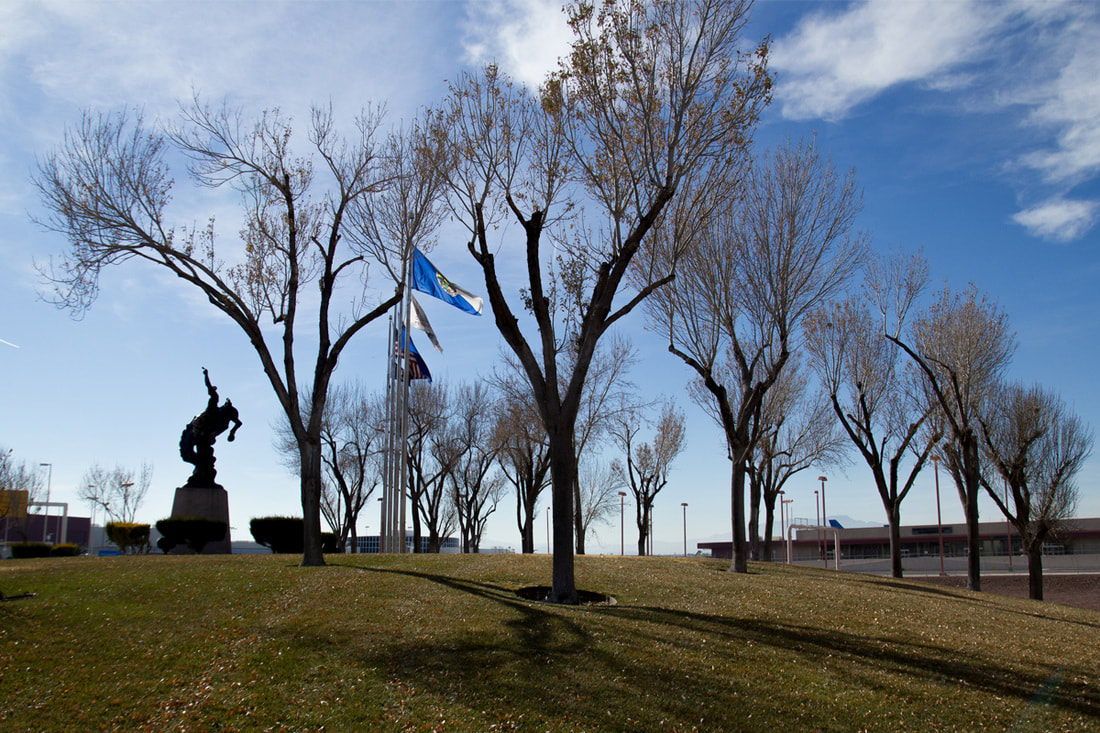
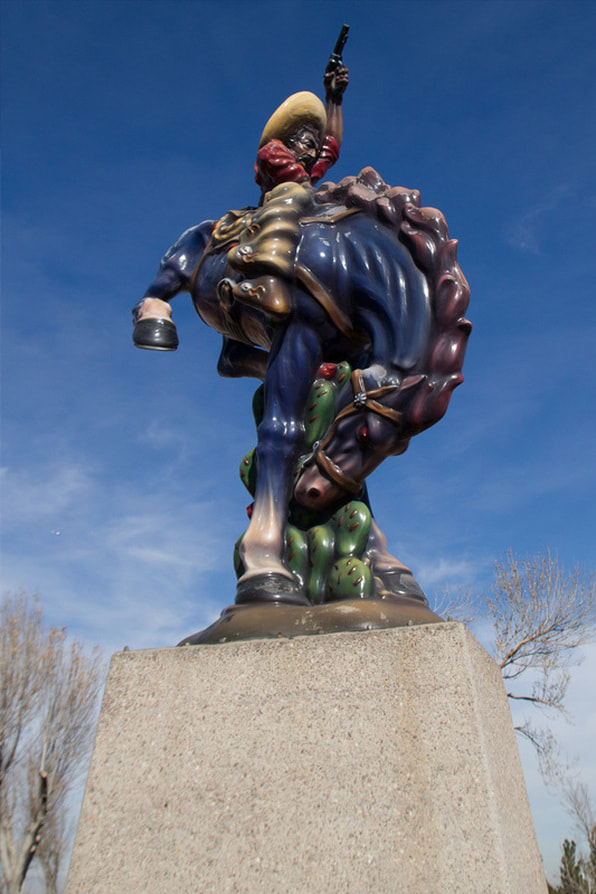
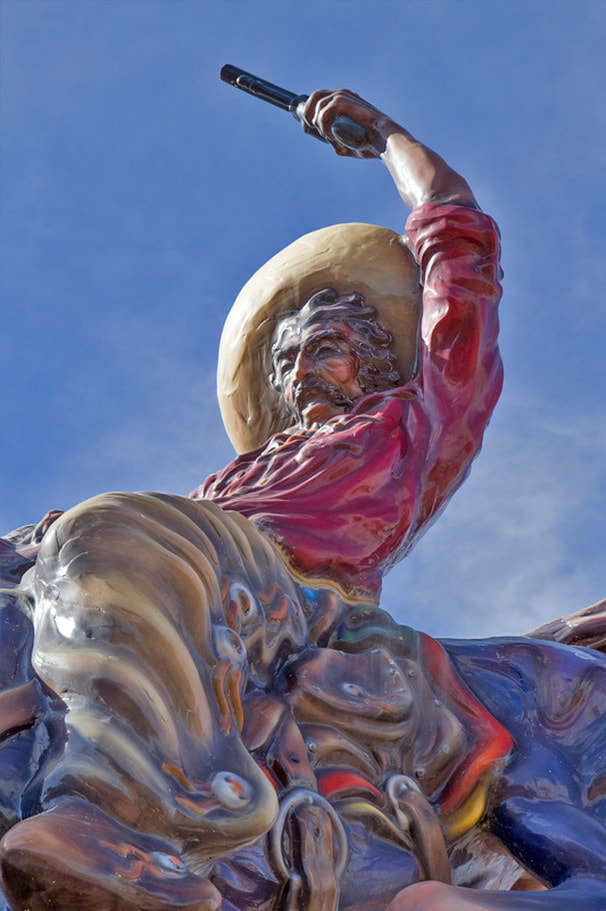
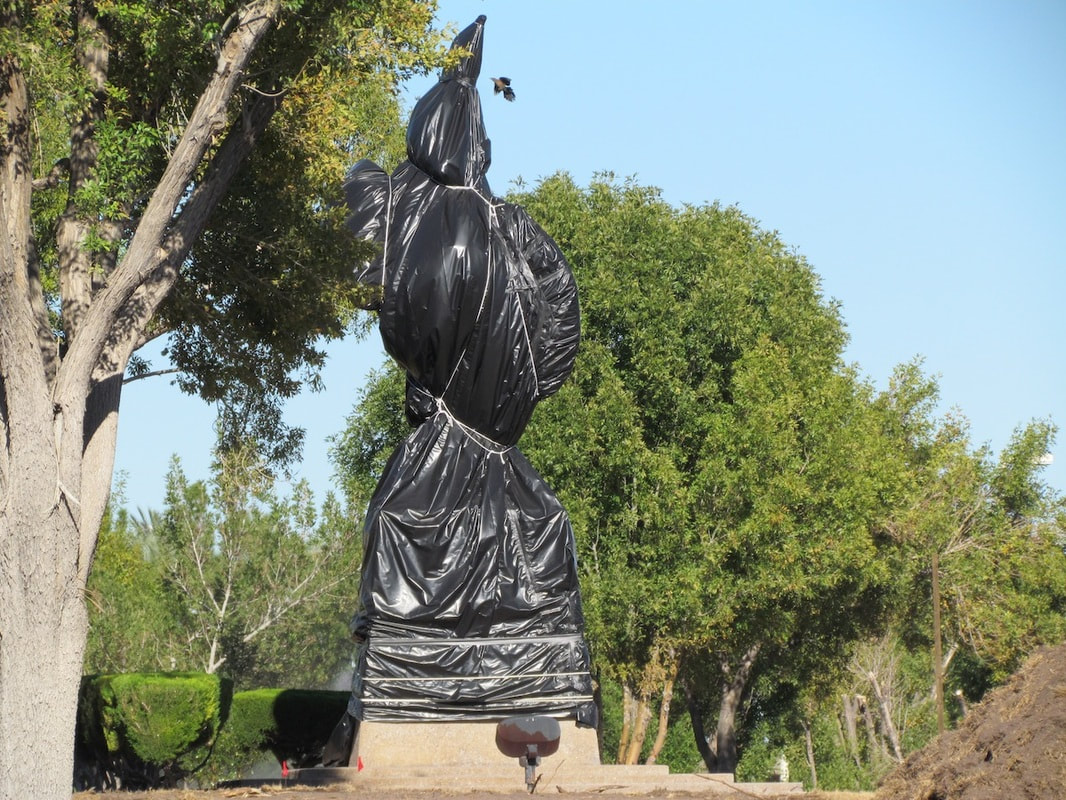

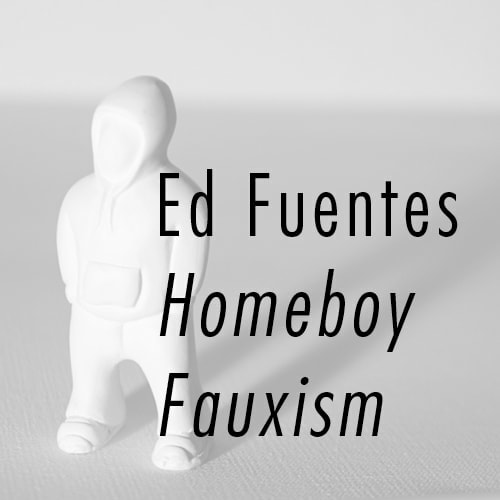

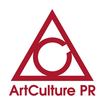
 RSS Feed
RSS Feed